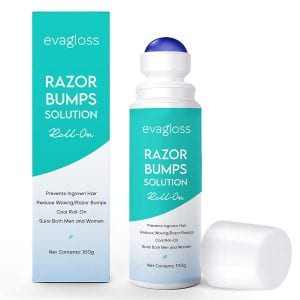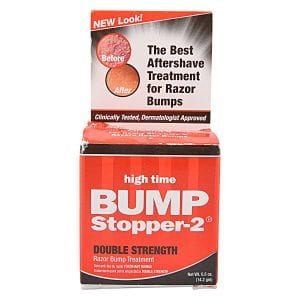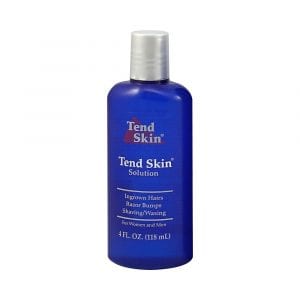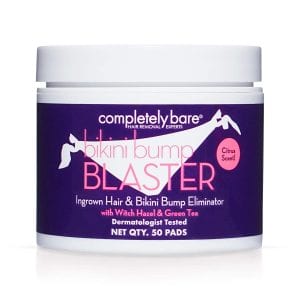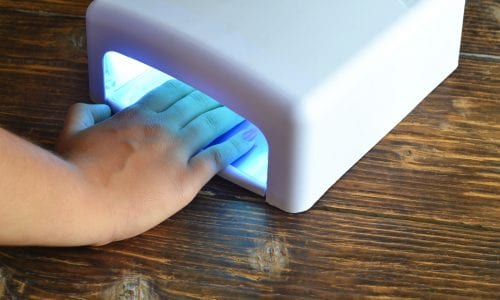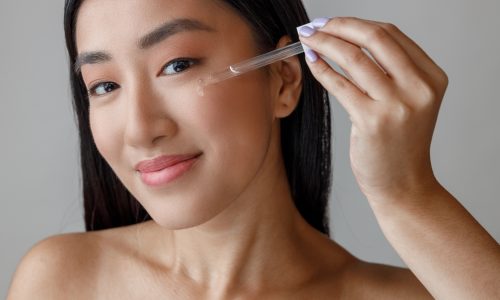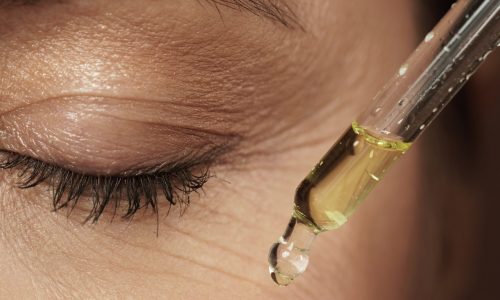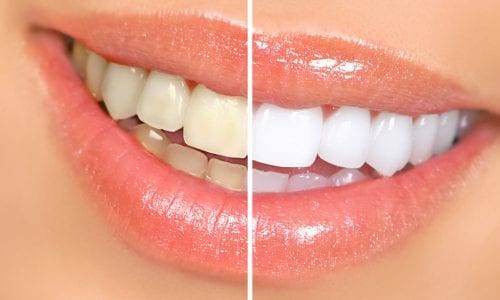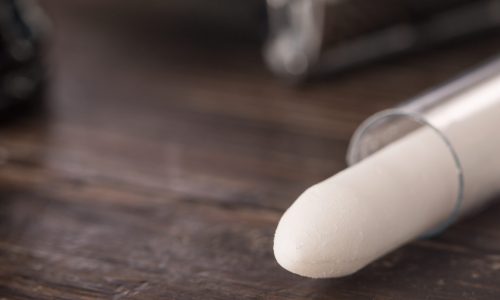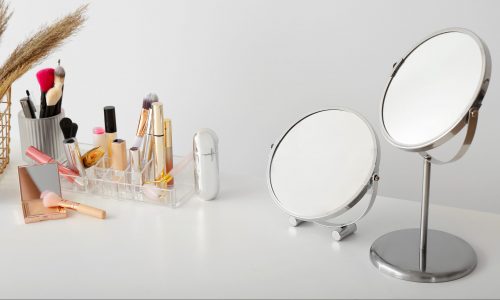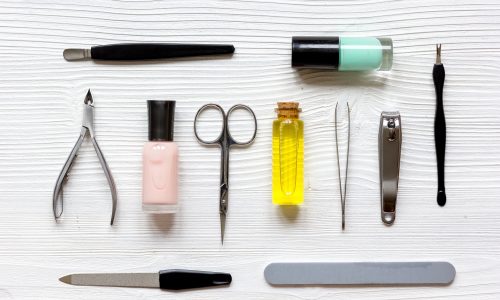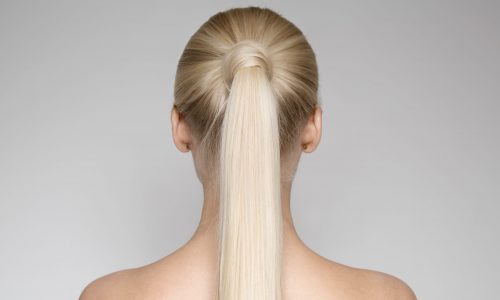The Best Razor Burn Treatment
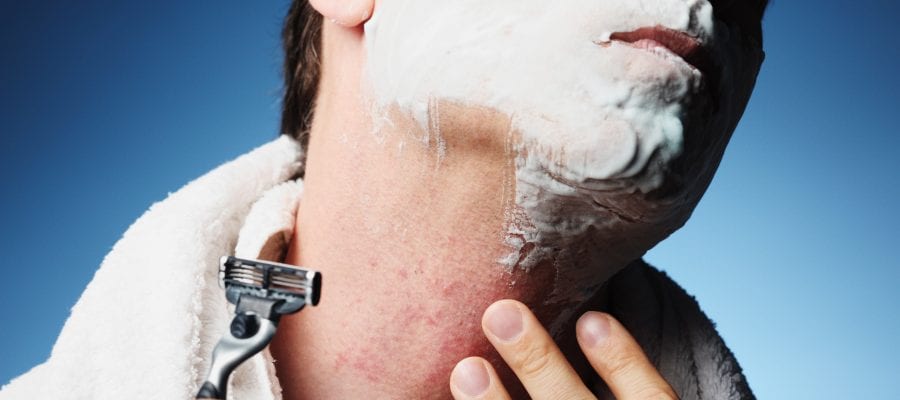
Our Review Process
Don't Waste Your Money is focused on helping you make the best purchasing decision. Our team of experts spends hundreds of hours analyzing, testing, and researching products so you don't have to. Learn more.
Our Picks For The Top Razor Burn Treatments
Cool down your irritated skin with this aftershave, which rolls on. It not only helps sooth irritation, but it also lightens the skin to diminish the appearance of bumps and rashes. The roll-on formula helps keep messes to a minimum, keeping your hands, and your countertops, clean.
Roll-On FormulaThe roll-on design makes this aftershave easy to apply.
This aftershave is designed to treat existing bumps, helping reduce them in size while also soothing irritation. These come in small containers, but you'll only need to use a little bit each day, so they should last a while. You'll get three 0.5-ounce canisters that work well for both men and women.
Reduces BumpsIf you're looking for a way to treat bumps you already have, this aftershave is a great choice.
This treatment can be applied both immediately following shaving or waxing or after ingrown hairs and bumps have already formed. You'll only need to apply a thin layer of the solution using a cotton ball, and you can apply once in the morning and once at night until the issues clear up. This product is cruelty-free, with no testing conducted on ani...
Easy-to-Apply LiquidA light coat of this formula, applied with a cotton ball, is all you'll need.
Soothing green tea extract brings relief to the bikini area after shaving. It also contains witch hazel, which helps cleanse and tone your skin, as well as UV-protective properties for when you're heading out into the summer sun. The formula is vegan and cruelty-free to give you peace of mind while you're using it.
Soothing PadsYou'll get 50 pads soaked in a soothing formula in this package, which you can also buy in a pack of two or three.
Buying Guide
Shaving is a necessary part of being an adult, but it comes with consequences. Even if you use shaving cream or gel, you could find that you’re dealing with irritation in the hours, or even days, after shaving.
Most of the time, that irritation will arrive in the form of bumps. Friction from the razor moving over your skin can be the cause, but most often, your bumps will be ingrown hairs. After you shave, the hair beneath the skin will try to come through as it grows. In some cases, that hair curls back, causing bumps and redness on the skin.
One way to cut down on ingrown hairs is to exfoliate before shaving. Exfoliating removes dead skin to make it easier for the hairs to grow. If you’re experiencing irritation after shaving, exfoliating can help out there, as well.
There are also creams and toners you can buy that will help soothe irritation and even reduce the appearance of bumps and redness. This is especially important if the irritation is in an area that isn’t concealed by clothing. But you may find the soothing effect is the most valuable benefit of these treatments.
What to Look For
- If you’re dealing with razor burn and bumps after shaving, make sure you’re using plenty of water and shaving cream. Dry shaving can be especially irritating to skin. Some find that the shower is the best place to shave. If you need a mirror, you can buy shower mirrors specifically for the purpose of shaving.
- Dull razors can also cause skin irritation. Make a point of regularly changing out your razors and opt for more expensive razors.
- If you regularly deal with skin irritation after shaving, choose a treatment that you’ll be likely to stick with. Some require just a quick swipe of the area with a cotton ball, while others will need to be rubbed on and left to dry. You may prefer an option that features presoaked pads that you can simply dispose of when you’re finished. This is especially beneficial if you travel often.
- Treatments are designed to bring different types of results. Some will reduce bumps, while others will help keep redness at bay. Still others are geared more toward soothing irritation. You can choose the treatment that best fits your needs.
- Before buying, consider the amount you’ll use with each treatment. You may find a small container of cream works just as well as a large bottle of liquid-based treatment if a little goes a long way with the cream.
More to Explore
Long before you could buy razors in the grocery store, men were shaving. In fact, the earliest evidence of shaving appears in prehistoric caves, with drawings depicting men shaving using sharp items like flint, shark teeth and clam shells.
By the fourth millennium B.C., man had developed a more official way to shave. In Ancient Egypt, razors were made of copper and solid gold, with men using them not only to shave facial hair but also their heads. But it wasn’t the 1800s that the razor as we know it today was developed. William Henson designed the safety razor — a design that salesman King Camp Gillette turned into the disposable double-edged blade design that made the tool really take off.

